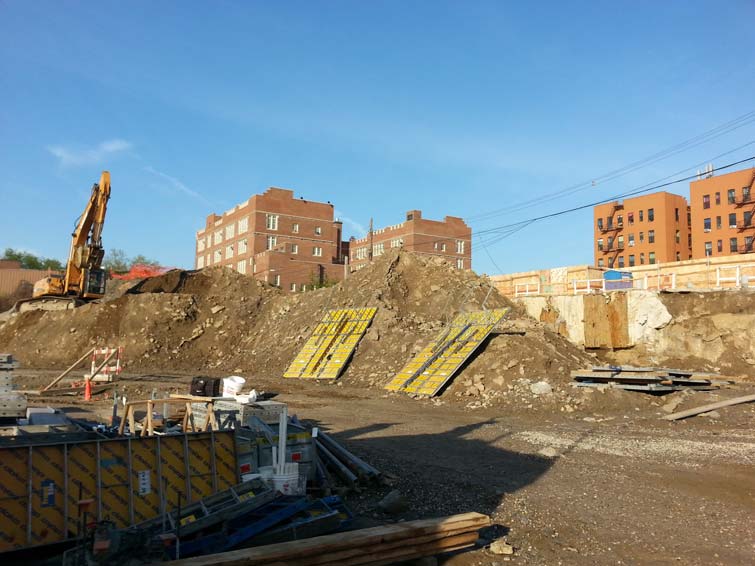
 Office of Climate and Environmental Justice311
Office of Climate and Environmental Justice311 Search all NYC.gov websites
Search all NYC.gov websites
Brownfields

New York City has over 3,000 vacant commercial and industrial properties and more than 7,000 properties designated by the City as subject to mandatory environmental study and management. Perhaps as many as 40 percent of these properties are chronically vacant or underutilized contaminated land, commonly known as brownfield sites. Comprehensive brownfield management has the potential to address many environmental, social, and economic problems in New York City. As our need for space grows, we must use our existing stock of land more effectively. Brownfield cleanup and redevelopment represents one of our best opportunities to engage communities and reclaim land for development in the city. It also offers an opportunity to simultaneously benefit the environment, improve the health of our neighborhoods, and attain more equitable and sustainable economic development.
We aim to clean up contaminated land to eliminate exposure to environmental toxins and alleviate social inequality caused by disproportionately high occurrences of brownfields in low-income neighborhoods.
This disproportionate impact of brownfields is endemic in cities across the U.S. These properties remain vacant or underutilized because prospective developers fear the risks of environmental liability and government enforcement, as well as construction delays and cost over-runs caused by unpredictable land pollution.
Brownfields result in lost opportunities to create small businesses, new jobs, affordable housing, and healthy open space in areas where these opportunities are needed most. Oftentimes, their presence leads to a cycle of financial disinvestment and a downward economic and social spiral. Brownfields can contain a wide variety of heavy metals, organic solvents, and other pollutants that remain a legacy of past industrial land uses and lax pollution management practices that predate modern standards for environmental protection. If left abandoned, these properties are a source of heightened public exposure to environmental toxins for our most disadvantaged citizens.
Until recently, no city in the U.S. operated its own regulatory brownfield cleanup program. Under PlaNYC 2007, New York City launched the nation’s first municipal brownfield cleanup program—the NYC Voluntary Cleanup Program (NYC VCP). In consultation with environmental and social-justice advocates, the City also established over thirty brownfield programs to promote social equality that now constitute our Land Cleanup and Revitalization Initiative (LCRI). LCRI is unique as it allows the City to manage all steps of the brownfield revitalization process. The City no longer has to rely on outside government agencies to achieve local environmental, social, and economic goals on brownfields.

